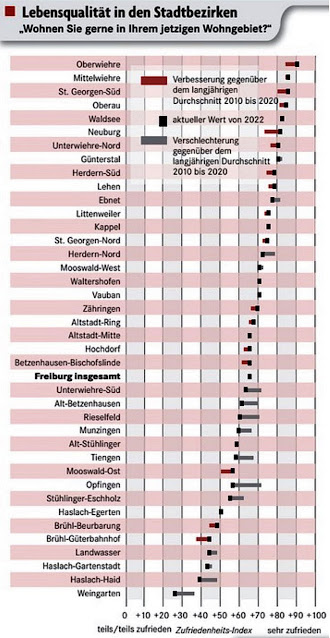The Italiens called him
Papa Ratzi, his colleagues a giant of faith and
of reason. Joseph Ratzinger, aka Pope Benedict XVI, was one of the most
brilliant minds. Even the agnostic Peruvian Nobel Prize winner for literature,
Mario Vargas Llosa, regards him as "probably the most educated and intelligent pope the church
has had in a long time."
Much is written or shown in the news about
Benedict's pontificate, so I shall mention two details that impressed me.
When
Joseph was elected pope on April 19, 2005, he suddenly became "Bishop of Rome,
Successor of the Prince of the Apostles, Vicar of Christ on earth, Supreme
Pontiff of the Universal Church, Primate of Italy, Patriarch of the Occident,
Sovereign of the Vatican State and Servant of the Servants of God."
As
a "simple" worker in the vineyard of the Lord, he felt "hit" but rejected the
idea of refusing the election, "If He charges me with it, He must also help me
with it." Nevertheless, later he complained, "If normal bishops are to stop at
75, then you can't have the bishop of Rome start at 78."
It struck me
like lightning unexpectedly when Benedict XVI retired on February 28, 2013. It
was the first resignation of a pontiff since
Celestine V
in 1294. From now on, Benedict began "as a simple pilgrim the last stage of his
journey on this earth," and he confessed, "I am inwardly on the pilgrimage home."
The official reason for Benedict's retirement was his physical and
mental decay, although I think he was simply tired of fighting the windmill
wings of the Vatican hierarchy and bureaucracy. Had he a lack of knowledge of
human nature, and was he a victim of dubious advisors? He admitted that he had
repeatedly recognized too late "that there are also lousy fish in Peter's net."
In the end, he was not the renewer of the Church that many had hoped for, but
he remained a shy scholar and theology professor all his life.
Nevertheless,
his successor Francis praised him, "Benedict XVI was a great pope, great for
his outstanding intelligence; great for his significant contribution to
theology; great for his love for the Church and for people." And last but not
least, "he was great for his virtues and his faith."
It was
apparent that when Benedict retired, he was mentally clear. His life's work, a
biography of Jesus, he had finished in 2012 still as a pontiff and well before
his death. Thus he hastened to say that these books were in no way to be seen
as ecclesiastical but were solely the expression of his personal search for
the face of the Lord (Psalm 27,8).
Red Baron bought the three volumes with the intention of studying them
before his death. Having read so many works on and about Jesus, will
Benedict give me new insights?
The second detail that impressed me is a paragraph Joseph Ratzinger
wrote in 1968 about the strive of the agnostic in his book
Einführung in das Christentum (Introduction to Christianity):
The believer, as well as the unbeliever, have, each in his own way, a share
in doubting and
in believing if they do not hide from themselves and from the truth of their
being. No one can completely escape doubt, and no one can completely escape
faith; for the one, faith becomes present against
doubt; for the other, faith becomes present through
doubt, i.e., in the form of doubt. It is the basic quality of human destiny
to find the finality of one's existence only in this unending rivalry of
doubt and faith, of contestation and certainty."
During his visit to Germany in 2011,
he commented in a homily in Freiburg on the idea of 1968. Benedict re-interpreted it in
the context of the Church hierarchy, "Agnostics who are driven
by the question of God (...) are closer to the kingdom of God than routine
people who see in the church only the apparatus without their hearts being
touched by faith." What a consolation!
On the same occasion, Benedict reminded the
Church in Germany to constantly struggle for the right balance. His demand,
"to be as a Church in the world and part of this world, and at the same time
give contemporary witness in a reflective, decisive and clear way," shows the
dilemma of the proclamation of faith by the Church in today's time.
Devoted
personal secretary, Archbishop
Georg Gänswein, told the Vatican's official media, "Benedict XVI, with a faint voice but in
a very distinct way, said his last words in Italian, 'Lord, I love you.'″
Ora et labora. Benedict,
you have fought to the end.
*

























